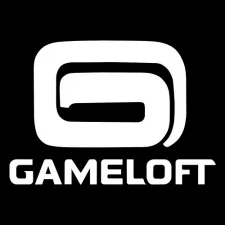A new report by Gameloft has found that consumers exposed to ads longer than 15 seconds are 23% more likely to purchase the advertised product, compared to 14% for shorter ads.
Ads longer than 15 seconds also led to higher levels of awareness (10%, compared to 1% for shorter ads), brand image (11%, compared to 9%), and consideration (9% and 6%). Notably, campaign likeability also saw a significant increase, doubling from 9% to 8%.
The report identifies a “symbiotic relationship between the campaign’s creative and its context.” Executed correctly, the emotion generated by the combination of both can lead to the creation of a “moment” which can help build a meaningful connection between brands and audiences.
“It is essential to understand the relationship between the contextual environment and advertising effectiveness,” said Gameloft for Brands executive vice president of brand partnerships and advertising Alexandre Tan. “Our expertise at Gameloft for Brands gives us great visibility on how game context influences the ways a player processes advertising messages embedded in a game and how to more effectively measure their impact on brand affinity and return on investment.”
Quality is key
The report found that quality is an important factor in ad effectiveness. The company analysed the immersivity score and engagement scores for a variety of ads to determine which ad formats had the highest quality – and the highest effectiveness.
In-game video proved to be the most effective ad format, with an aggregate score of 78 out of 100% based on factors such as ad viewability, ad perception, and engagement. This resulted in an immersivity score of 64 and a direct engagement on impression score of 90.
In-game display was listed as the second best performer at 55, based on an immersivity score of 63 and a direct engagement on impression score of 48.
In-game native ads came in third place, with a combined total of 47. None of the other ad formats analysed were in-game, which highlights the potential of in-game advertising. However, it should be noted that mobile web display ads had the second lowest quality score at 9%, with only desktop display scoring lower. This suggests that, while advertising within mobile games can help generate a high return on investment, mobile advertising in general doesn’t guarantee success.
The report also found significant benefits in terms of carbon emissions by focusing on longer, higher-quality ads. Removing the delivery of ads to platforms where they’re achieving less than half a second of attention from consumers can reduce carbon emissions by an average of 63% by eliminating wasted energy. As such, an increased focus on in-game advertising doesn’t just represent a significant return on investment for brands, but help them achieve their sustainability goals.
As part of its commitment to sustainability, Gameloft took part in 2022’s Green Game Jam.
